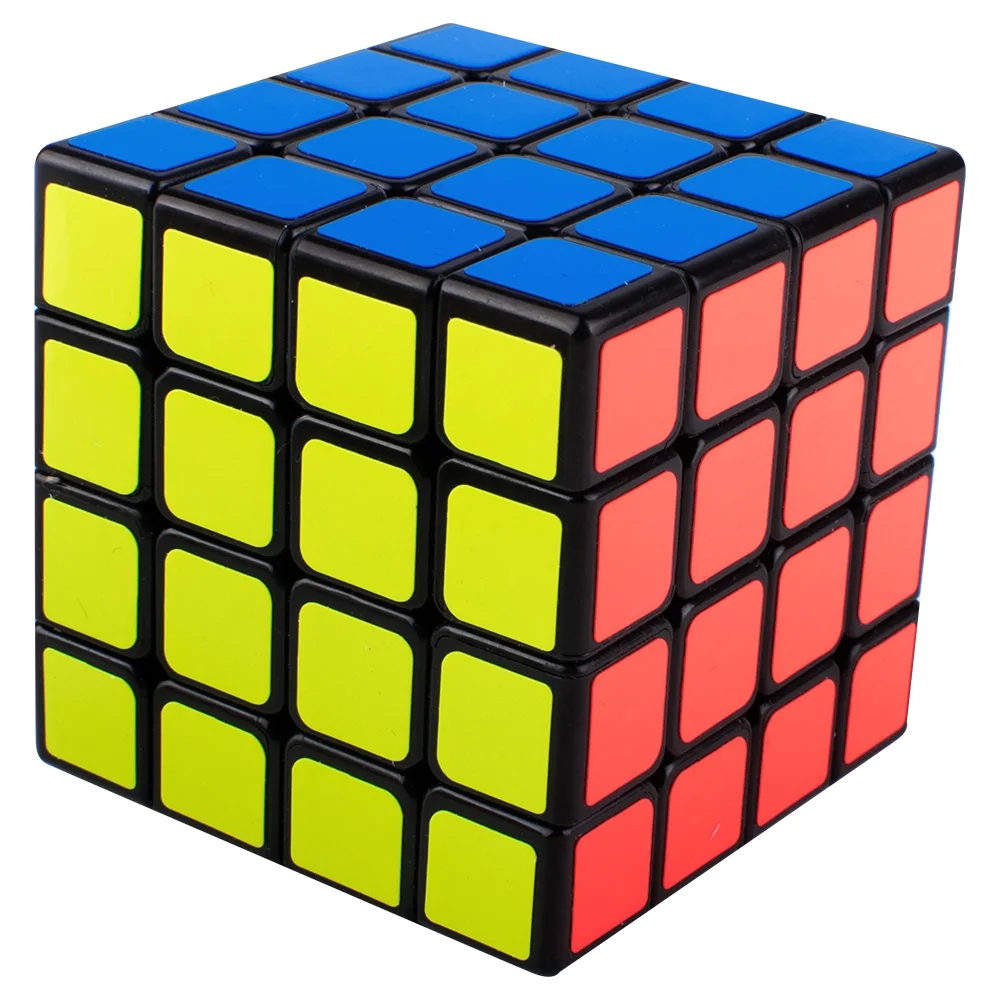Introduction
The Rubik’s Cube 4×4, often referred to as the Rubik’s Revenge, presents a delightful challenge for puzzle enthusiasts and cubers alike. Since its introduction in the early 1980s, the Rubik’s Cube has gained immense popularity worldwide. While the classic 3×3 version captivated audiences, the 4×4 variant expanded the possibilities, introducing exciting complexity and intricacies that were previously unexplored.
Today, the Rubik’s Cube 4×4 attracts a diverse range of solvers—from novices seeking a fun challenge to seasoned competitors striving for faster solving times. This guide aims to delve into the fascinating world of the 4×4 Rubik’s Cube. We’ll explore its significance, provide a comprehensive tutorial on solving it, share key algorithms, discuss strategies, and highlight the best products available in the market. Whether you’re a parent looking for an educational toy for your child or a competitor seeking tips to improve your skills, this article will serve as your go-to resource.
What is a Rubik’s Cube 4×4?
The Rubik’s Cube 4×4 is a twisty puzzle that consists of 4 squares on each side, compared to the standard 3 squares found on the traditional Rubik’s Cube. This seemingly simple addition significantly increases the complexity and number of possible combinations. As a result, the 4×4 cube requires a different solving technique than the standard model, making it an exciting challenge for both beginner and experienced solvers.
Unique Characteristics of the 4×4 Cube
1. Additional Pieces: The 4×4 consists of 56 individual pieces—comprising center pieces, edge pieces, and corner pieces. The extra edge pieces require special techniques to avoid parity errors that don’t occur on a 3×3 cube.
2. Center Pieces: Unlike the 3×3 variant, the 4×4 features four center pieces on each face. These can rotate independently, leading to different configurations.
3. Parity Errors: One of the unique challenges presented by the 4×4 cube is the possibility of parity errors. These errors occur when two pieces end up swapped, a scenario that does not happen in the standard 3×3 cube.
4. Complexity: The number of possible permutations of a 4×4 is astronomical—approximately 7.4×10^45. This extreme level of complexity makes the 4×4 an intellectually stimulating puzzle.
Understanding these key differences lays the foundation for anyone looking to solve the Rubik’s Cube 4×4 effectively.

How to Solve a 4×4 Rubik’s Cube
Solving the Rubik’s Cube 4×4 can seem daunting at first, especially for beginners. However, breaking it down into manageable steps can help demystify the process. Here’s a beginner-friendly step-by-step guide to solving the 4×4 cube:
Step 1: Solve the Center Pieces
Begin by aligning the center pieces on all six faces of the cube. Aim to make each face a solid color. This step serves as the foundation for solving the entire cube.
Step 2: Pair the Edge Pieces
Next, look for pairs of edge pieces that share the same color. Position the pairings around the cube so that they align correctly. It may take some effort to pair all the edges, but persistence will pay off.
Step 3: Solve Like a 3×3
Once the centers are solved and the edges are paired, treat the 4×4 cube as a 3×3 cube. Use traditional 3×3 algorithms to solve the first two layers.
Step 4: Address Parity Errors
After solving like a 3×3, check for any parity errors. If two edges or centers remain unsolved, use appropriate algorithms designed for fixing these situations. For example, the OLL (Orientation of the Last Layer) and PLL (Permutation of the Last Layer) algorithms can be quite useful here.
Step 5: Final Layer
Finally, solve the last layer using standard 3×3 techniques or consult specific 4×4 cube algorithms if you encounter any unique scenarios.
Following this methodical approach will allow you to solve the Rubik’s Cube 4×4 efficiently. As always, practice makes perfect, so keep trying until you become proficient.
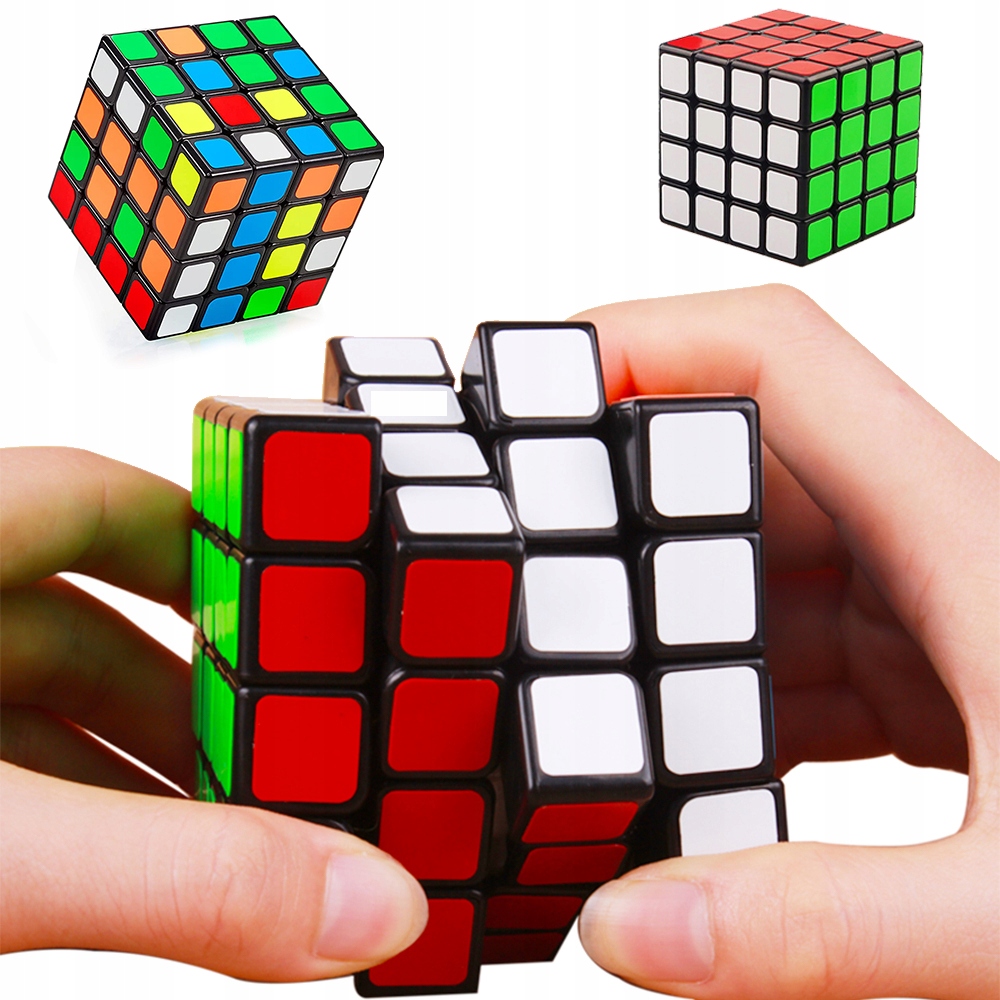
Key Algorithms for the 4×4 Cube
Learning algorithms is essential for solving the Rubik’s Cube 4×4 quickly. Below are some key algorithms that can help you navigate the more complex aspects of the cube:
1. Edge Pairing Algorithms
To pair the edges while solving the cube, utilize algorithms such as:
– U R U’ R’: This algorithm switches edge pairs and is particularly useful during the pairing stage.
– L F’ L’ F: Another algorithm that can help in moving paired edges into the correct position.
2. OLL Algorithms (Orientation of the Last Layer)
These algorithms help set the last layer up for completion. For instance:
– F R U R’ U’ F’: This algorithm orients the last layer edge pieces correctly.
3. PLL Algorithms (Permutation of the Last Layer)
Once the last layer’s colors are oriented, you’ll want to position them correctly. The following algorithms are necessary:
– R U’ R U R U R U’ R’ U’ R2: This is an example of a PLL algorithm that can help rotate the final pieces into their proper places.
4. Parity Algorithms
For fixing parity errors, you might need specific algorithms:
– (Uu)2 (Ll)2 (Ff)2 (Bb)2: This will correct the parity associated with the edge pieces not being in their correct position.
By familiarizing yourself with these essential algorithms, you’ll enhance your solving skills and reduce your solving times significantly.
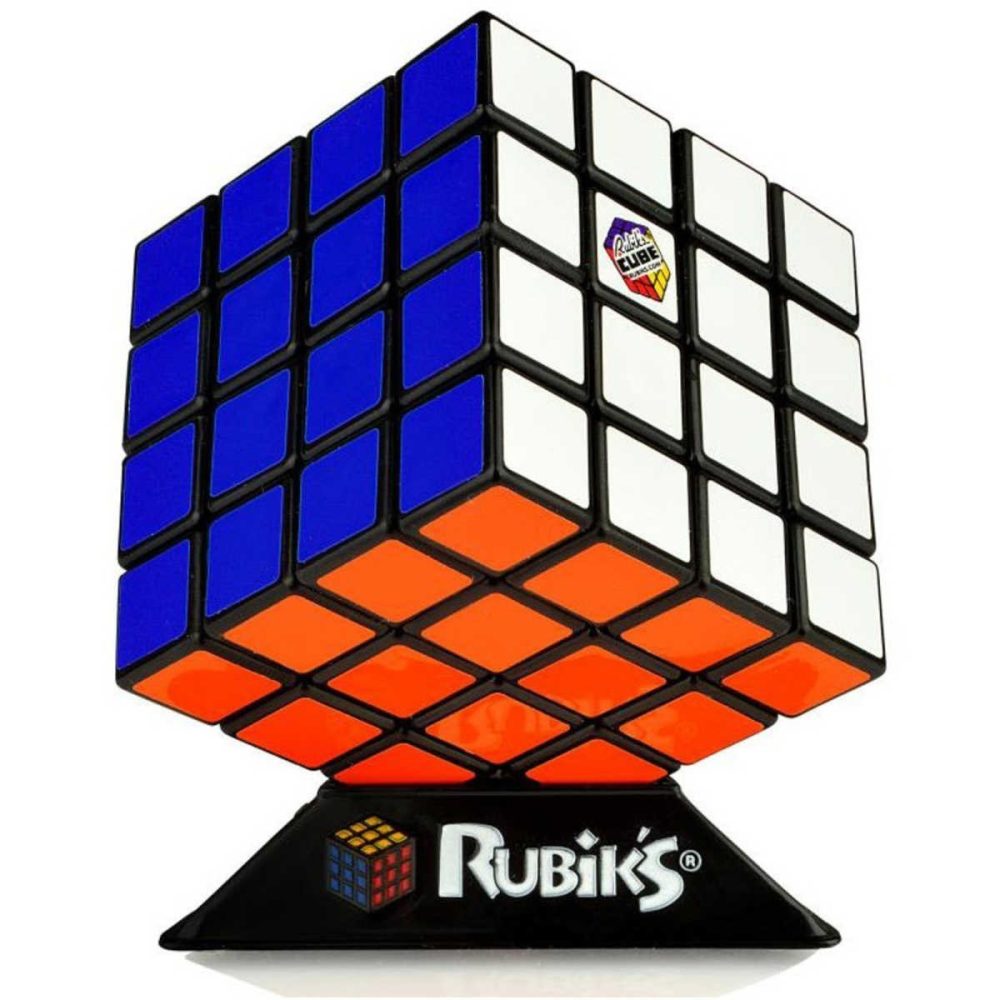
Strategies and Tips for Solving
Improving your solving skills for the Rubik’s Cube 4×4 requires both practice and strategic thinking. Here are some valuable tips to enhance your skills:
1. Practice Regularly
Like any other skill, consistency is key. Regularly practice solving the cube to build muscle memory and become familiar with different algorithms and strategies.
2. Learn from the Pros
Watch tutorials or join online forums dedicated to cubers. Engaging with experienced solvers can provide you with insights into advanced techniques that can shave seconds off your solving times.
3. Invest in Quality Cubes
A smooth-operating cube is a must-have for serious solvers. Consider investing in a high-quality Rubik’s Cube 4×4, as it significantly affects performance. Top brands like MoYu or Gan offer excellent options.
4. Set Goals
Aim for specific time goals. Track your progress and strive to beat your personal best. This will motivate you to refine your technique and improve your speed.
5. Participate in Competitions
Join competitions to test your skills against other cubers. Not only will this improve your skills, but it will also foster camaraderie and community among fellow enthusiasts.
By applying these strategies, you’ll enhance your performance on the Rubik’s Cube 4×4 and enjoy the challenge even more.
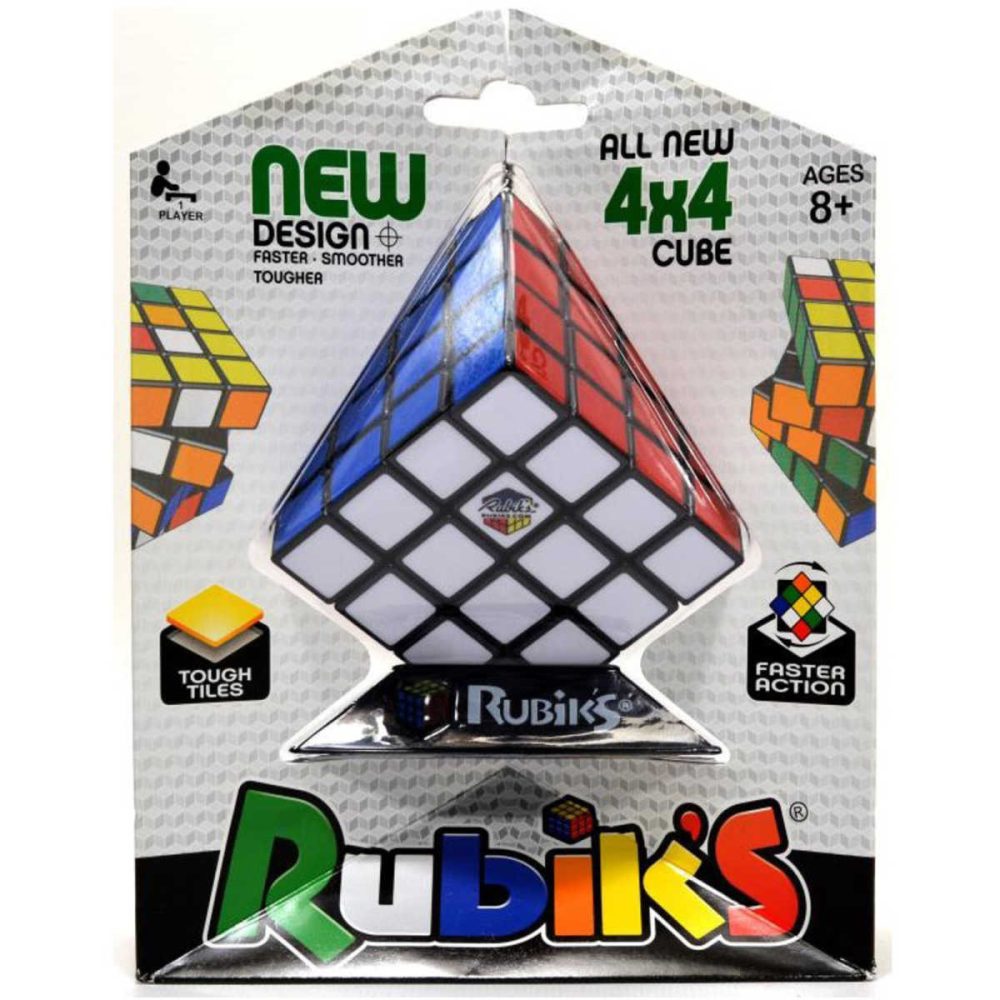
Differences Between 3×3 and 4×4 Cubes
Understanding the differences between the 3×3 and 4×4 cubes is crucial for both beginners and experienced solvers. While they share similarities, the 4×4 cube adds complexity in several ways:
1. Increased Number of Pieces
The most apparent difference is the increase in the number of pieces. A 4×4 cube has 56 pieces, while a 3×3 features only 26. This increase requires additional strategies for managing piece placement.
2. Center and Edge Pieces
The 4×4 has four center pieces per face, as opposed to one on the 3×3. This feature necessitates unique approaches to align center pieces effectively.
3. Complexity of Solving
While both cubes share many solving techniques, the 4×4 introduces parity errors that the 3×3 does not experience. Correcting these errors can be formidable for beginners but is essential for advanced solvers.
4. Solving Techniques
Many algorithms used for the 3×3 cube can be applied to the 4×4, but additional algorithms specific to the 4×4 must be learned to address the extra challenges. Understanding these differences provides a clearer roadmap for transitioning from a 3×3 to a 4×4 cube.
By highlighting these differences, novice cubers can better prepare for the journey of solving the Rubik’s Cube 4×4.
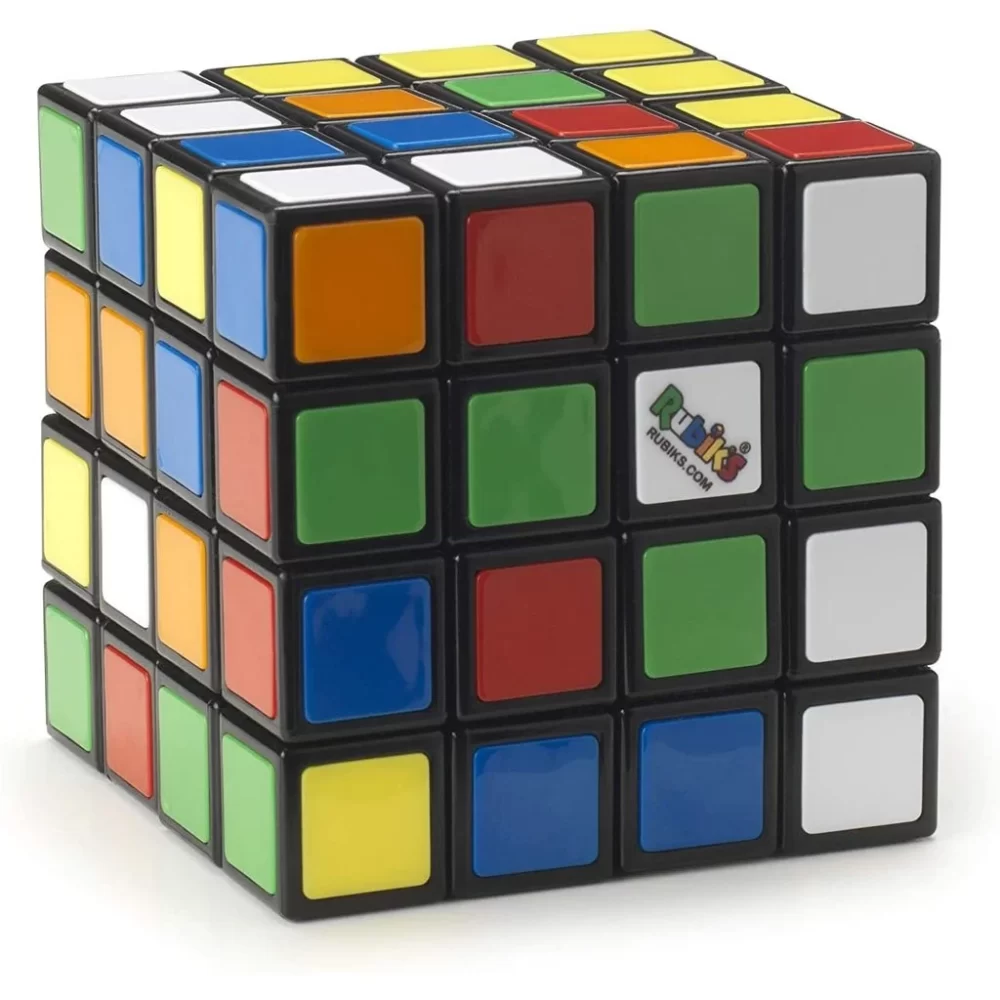
Conclusion
In conclusion, the Rubik’s Cube 4×4 offers an exciting challenge that appeals to puzzle enthusiasts, collectors, and competitors alike. With its unique features, increased complexity, and the thrill of solving, it stands as a worthy successor to the traditional 3×3 cube. Whether you’re a beginner looking to master the basics or a seasoned cuber aiming to refine your techniques, this guide has provided the necessary tools and insights.
From understanding the unique characteristics of the 4×4 to mastering essential algorithms and strategies, your journey into the world of the Rubik’s Cube 4×4 begins now. Remember that practice, passion, and patience are key to becoming a successful cuber. Explore the joy of puzzle-solving and dive deep into the intricate world of the Rubik’s Cube 4×4. Happy cubing!
